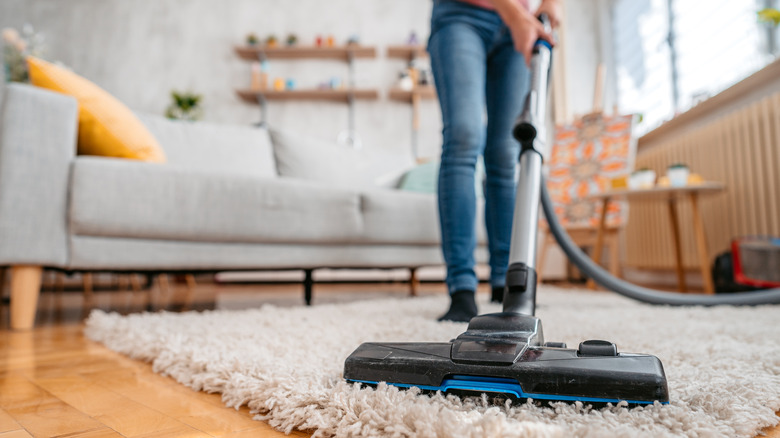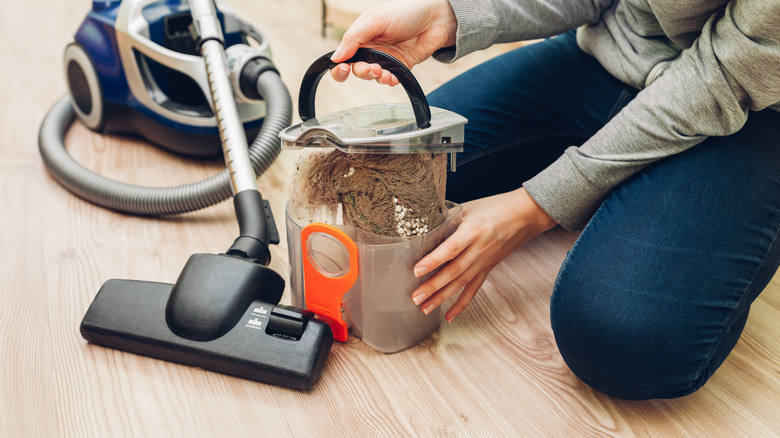Why Your Vacuum Cleaner Is Spitting Out Dust (And What To Do About It)
It can be pretty frustrating when your vacuum cleaner fails to collect dirt and dust and spreads it around instead. Despite your best efforts to tidy your carpets and floors, dust particles spewing out of the vacuum cleaner can cause you to question the efficiency of your machine — not to mention make a bigger mess for you to clean up.
There are several reasons why vacuum cleaners might spread dirt. A few of the main culprits are clogged filters and hoses, which block airflow and cause dust to bypass the collection system, releasing it back onto your floor instead. Overfilled dustbins are also an issue, because they cannot contain all the debris they suck up. Damaged seals and gaskets, improper setup, or loose components can create small air leaks that add to the problem. By inspecting the device, removing blockages, and fixing loose or damaged parts, you can solve this annoying occurrence and achieve spotless floors again.
Finding and fixing the issue
If your vacuum is spewing dust instead of collecting it, it could be because of hose blockages. Gently push a broom handle or wire hanger through the hose to remove any obstructions. The seals and gaskets in your vacuum serve as barriers to control airflow, but they can deteriorate or become misaligned over time, causing air leaks. If you notice any damage or wear and tear, it's a good idea to replace them. Also, make sure all the parts of your vacuum are properly assembled and securely attached to prevent any other disruptions in airflow.
Keep an eye on your vacuum filter as well. If it gets clogged, your vacuum might not work as well as it should. To keep things running smoothly, make sure you clean or replace your filter as recommended by the manufacturer (often they are washable). And don't forget about the canister — if it gets too full, you might notice a drop in suction power and dust escaping through openings. Regularly empty it out to keep your vacuum working at its best.
Beyond the basics
It's always a good idea to unplug your vacuum before doing any maintenance or checking for clogs. You should also make sure to clean the detachable parts, like the rotating brushes, since they can get tangled with hair and threads. Cleaning them may require removing a few screws, but it will definitely help your vacuum work better. If your vacuum has a belt, replace it immediately if it's broken or missing.
Keep in mind that different types of flooring may need slight adjustments. For example, if you have carpets with thick piles, lowering the suction and vacuuming at a slower pace can help get rid of dirt more effectively. Adjusting the vacuum head's height on hard floors can prevent dust from scattering around too. If you're still having trouble, it might simply indicate your vacuum is too old and that it's time to upgrade to a newer model.

